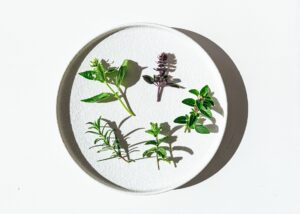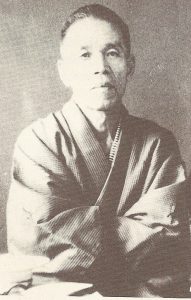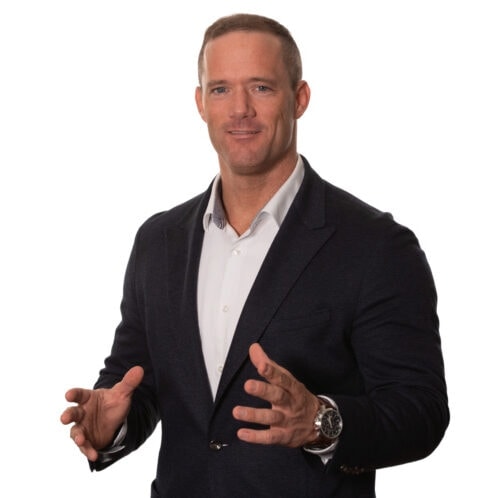The microbe is nothing, the milieu is everything. Of course, this sentence is not true. The microbe ain’t nothing – but the harmful microbe cannot cause any damage in the basic milieu.
The tissue milieu has such a dominant position that it determines disease or health. In 1912, the French chemist and pharmacist A. Béchamp had already reported that microorganisms occur in different forms and stages of development under different conditions. He found the smallest grains in all cells. These grains turned out to be immortal and indestructible. If the organism or the tissue died, the granules put the tissue into fermentation, and from this fermentation – according to Béchamp’s observations – new putrefactive bacteria developed.
Claude Bernard confirmed this research, but added that it was not the microorganisms that were harmful, but the pathological milieu. Only in this milieu could they multiply.
In 1910 Fantes demonstrated the different form, size and shape of bacteria. He was the first to recognize a special phenomenon: all bacteria were filtered out of tuberculosis cultures. Nevertheless, this germ-free material was infectious, i.e. contagious.
In 1916, the microbiologist and zoologist Prof. Enderlein reported on the change and migration of pathological and non-pathological microorganisms. This development took place – according to his research – from small viruses to round and rod-shaped bacteria to the appearance of fungi. Prof. Enderlein also discovered the Basic Law for the appearance and effect of microorganisms. During his investigations he saw that it is mainly the acid or base content of the tissue and the blood that determines what becomes of these microorganisms and the tissue. Enderlein also rediscovered what Bernard, Virchow and Pasteur and others knew before him: “The milieu is everything, the microbe is nothing.” The same process took place before his eyes as with his predecessors: Diseased areas of the body affected by microorganisms were transformed back into non-pathological ones when the excessively acidic tissue normalized. According to Prof. Enderlein, viruses are cell-less, primitive precursors of bacteria. After a few months, bacteria were grown from the tobacco mosaic virus. In a nutshell, this means: The seeds for the pathogens are finely distributed in tiny specks in the tissue. Whether this tissue is healthy or sick depends on our lifestyle, our diet, exercise, thinking and acting.
Who protects us from poisons?
Because the immune system is the focus of most diseases, it depends on it whether the person is sick or healthy. The immune system draws its fighting power from the blood, the lymph, the lymph nodes, the spleen and the bone marrow. The immune system receives further support from the liver. It has a close relationship with the blood and takes care of detoxification in addition to a host of other tasks. Hormones, medication, harmful products of protein metabolism and others are broken down in it.
Many of these toxins that have been converted in the liver are eliminated through the kidneys. The breakdown products of the protein metabolism are released by the kidneys as urea and uric acid in the urine. The kidneys can be supported considerably by the skin. Salts and nitrogenous metabolic residues are transported outwards through sweat.
The large intestine frees the body from its fermenting and putrefactive residues of indigestible food residues. If the function of the large intestine is disturbed, the acid and poison concentration in the intestine increases. From there, acids and toxins flood the whole body.
When inhaled, the lungs not only supply the organism with air (contains 20% oxygen, the rest consists of nitrogen and small amounts of noble gases). The more extensive the lung function, the better the breathing, and the more extensive the movement in the fresh air, the more of its harmful acids a person can release through his lungs. The exhaled carbon dioxide is not a harmless gas. 8–10% in the air cause headaches, rise in blood pressure, shortness of breath, ringing in the ears, possibly unconsciousness and suffocation. An amount of 20% carbon dioxide in the air is fatal.
The five organ groups involved in detoxification: liver, kidneys, skin, large intestine and lungs influence the quality and strength of the immune system. If these detoxification organs work insufficiently or if the body is permanently flooded with toxic substances and waste products, these toxins paralyze the activity of bone marrow, lymph nodes and blood cells. The immune system drowns and then suffocates in the body’s toxins. With insufficient heart strength, the detoxification organs receive too little energy and their function becomes weaker. The amount of poison in the body increases.
People lost their fear of cholera, dysentery, typhus, tuberculosis and other diseases because they believed that antibiotics and sulfonamides were now available to counteract this. But they were afraid of bacteria like the devil of holy water. As with cancer, where the tumor was believed to be the cause of the disease, it was believed that bacilli caused tuberculosis, dysentery, diphtheria, cholera, and others. The clever fox named Rudolf Virchow already recognized that these so-called pathogens are only symptoms of suffering. He mocked his colleague Robert Koch’s “bacterial hysteria” and announced that he did not believe in the belief that bacteria cause diseases. Virchow knew too well that a very specific unnatural behavior provides the special breeding ground for certain bacteria and that single-celled microorganisms can only exist where they encounter the conditions that are suitable for them. Virchow’s convincing rejection of Koch’s new theory of bacteria had another reason as well. He feared that his cellular pathology, which was also wrong and not in keeping with the natural order, could be sidelined by Koch’s belief in bacteria.
Two other greats in medicine led a lifelong dispute over the occurrence of bacteria in the organism. Louis Pasteur claimed that bacteria could gain a foothold in the body on their own. His great opponent, Claude Bernard, discovered again and again in his research that the “milieu” determines which bacteria are present in which number. On his deathbed, Pasteur wanted to ease his soul and he rehabilitated Bernard. Pasteur also said: “It is the milieu that matters.”
This sentence will be eternal. We create the milieu in our body ourselves. This eternal law of nature has the same validity for cancer. It is the milieu that matters. It is not the tumors that spoil the milieu. It is the energy-weakened (over-acidic) milieu of the body that creates the tumors.
Anyone who still cannot believe that the dwindling life force allows the cancerous tumors to appear, is aware of a very interesting phenomenon. A disturbed milieu leads to a reduction in quality. If we blow too many exhaust gases into the atmosphere, we spoil the milieu in the air and create a greenhouse effect with serious consequences for people and nature. If we let too much pollutants, toxins or oil drain away, we mess up the quality of the water. If we clear too many forests, we disturb the atmosphere. The consequences are desertification, karstification with subsequent flooding, finally desertification, storms, poor air filtration and oxygen depletion. Who eats too much food, possibly still industrially manipulated, inferior or contaminated food, changes the milieu of his intestines, his body. If you drink too much coffee, black tea, sugary drinks or alcohol, you create a bad milieu in the body fluids and weaken your nervous power.
Whoever sits too much in the room, in closed houses, who smokes, ruins the quality of his lungs, his blood and his oxygen balance.
Whoever sends out too many wrong thoughts and desires contrary to nature spoils the quality of his soul. Who lowers the quality of his soul, loses life energy.







